Decarbonisation Plans
Team
The Decarbonisation team at Max Fordham includes M&E engineers with over 20 years’ experience of sustainable building design; specialists in moisture modelling, fabric performance, acoustics, infrastructure, and heat pump design; qualified architects; and specialists in applying for and securing government decarbonisation grants and funding.
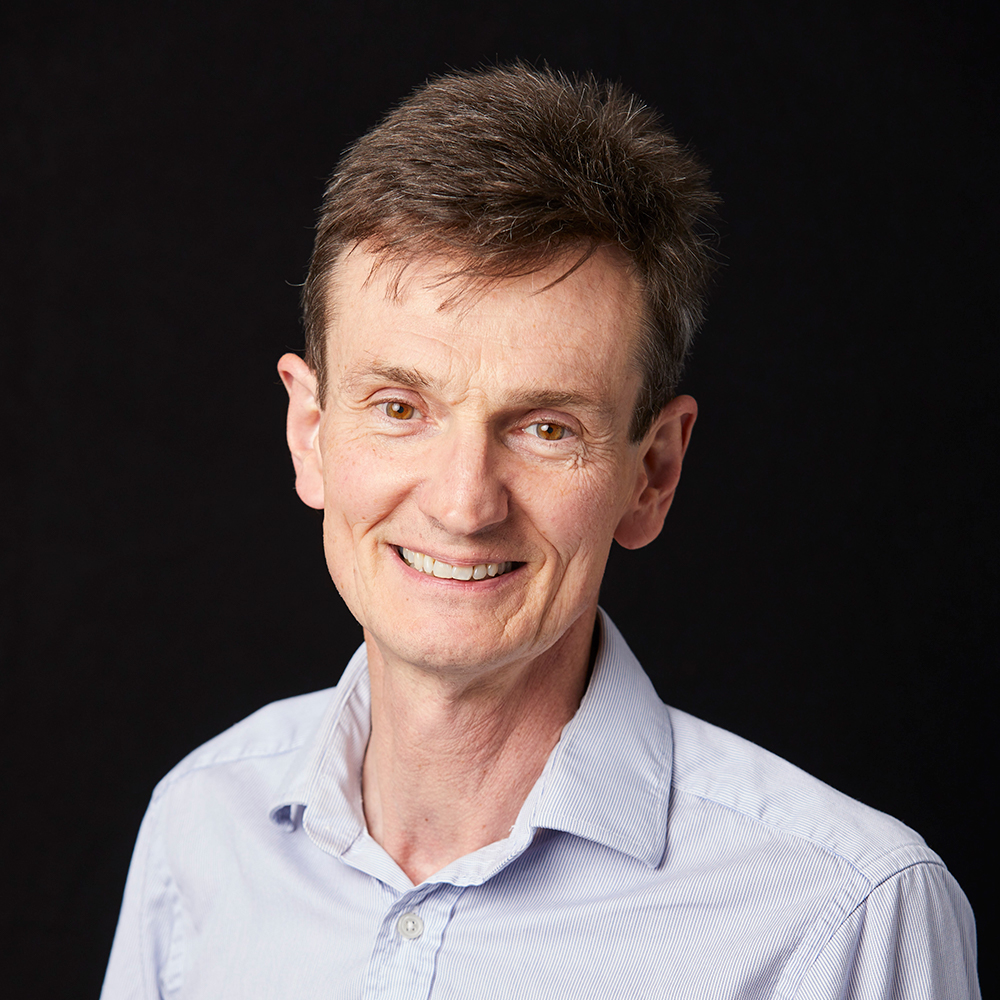

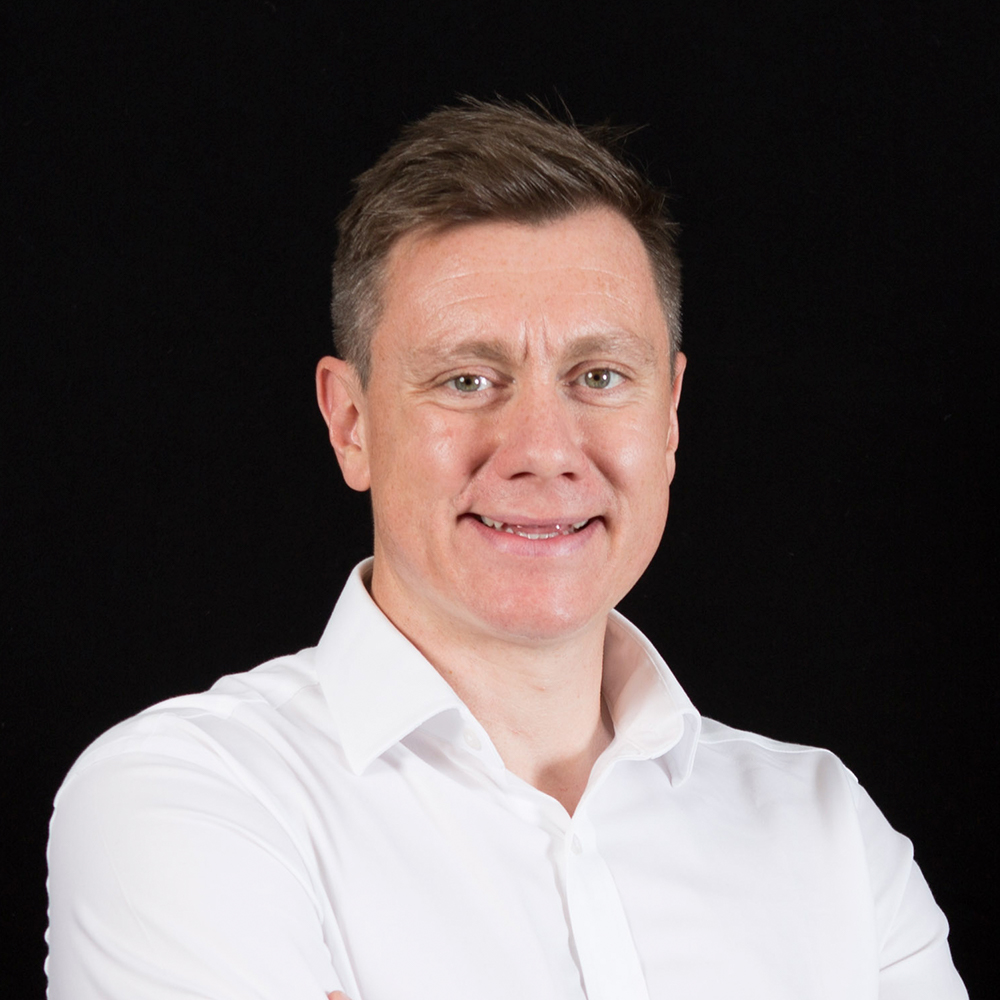
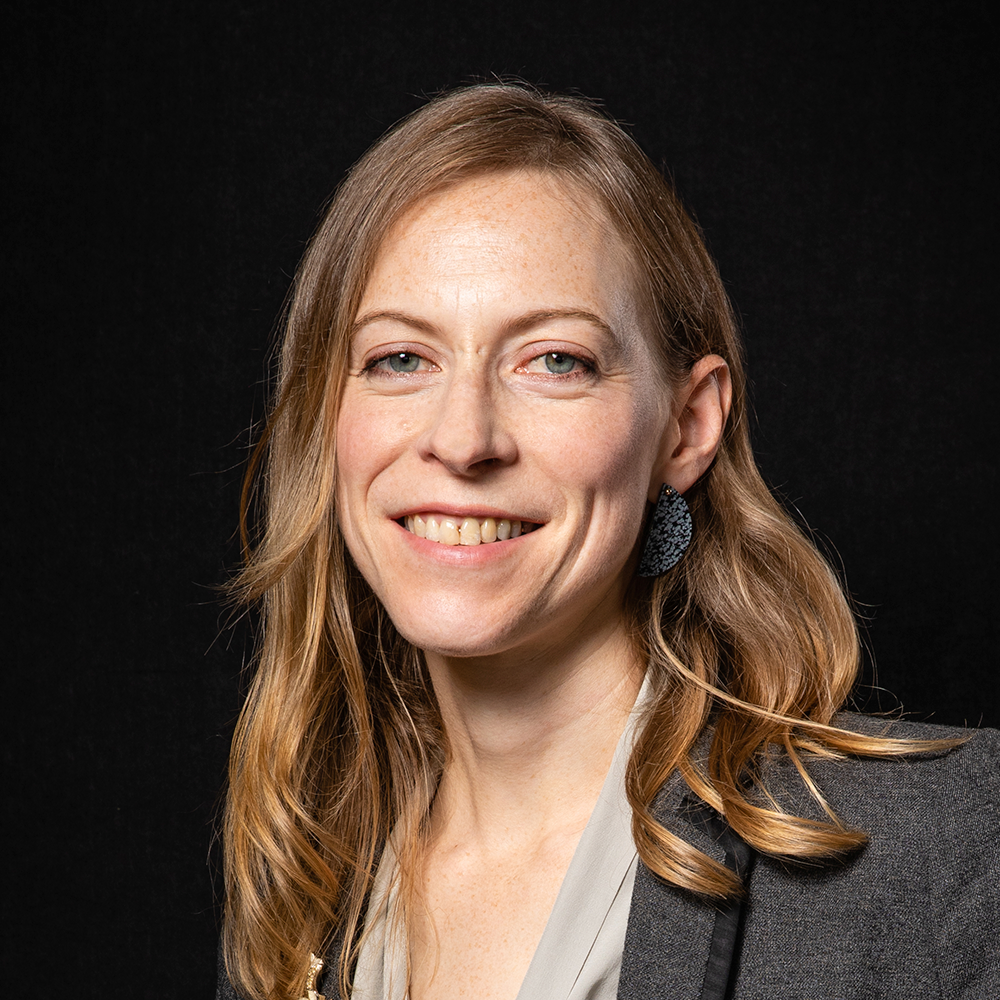
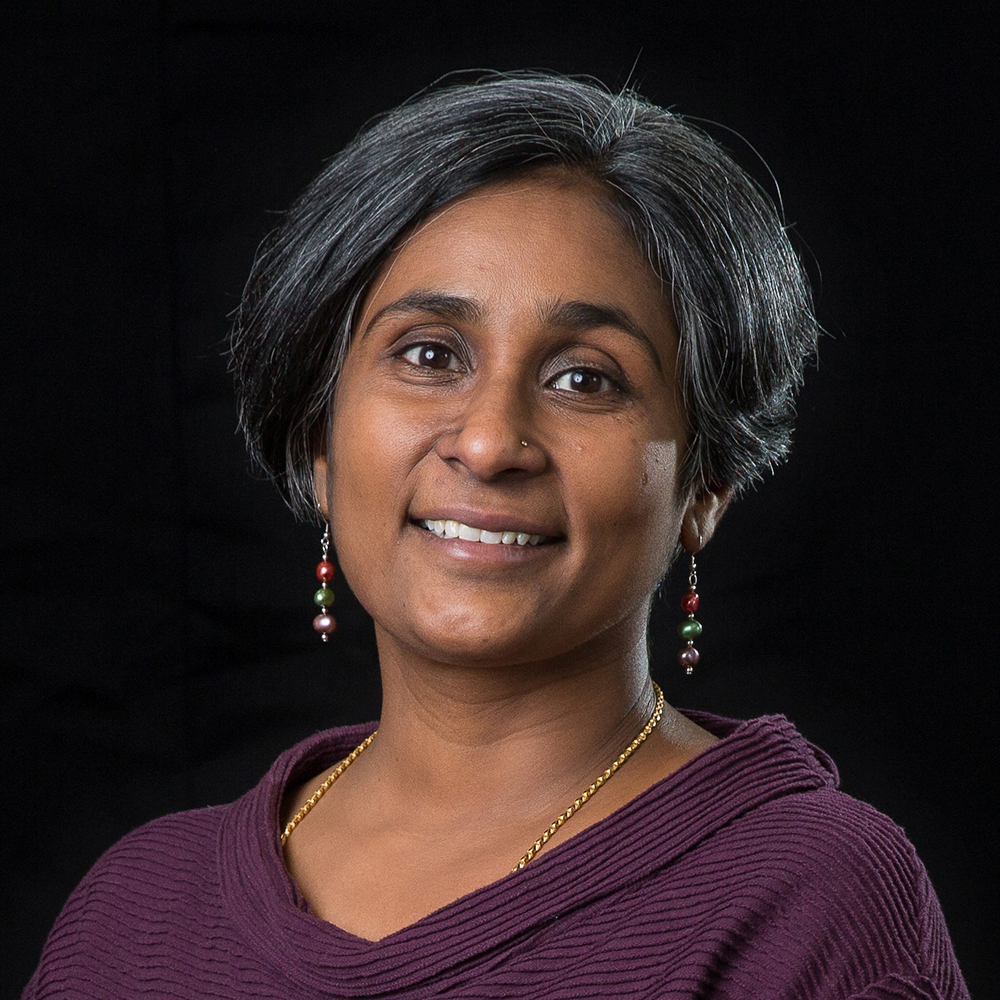
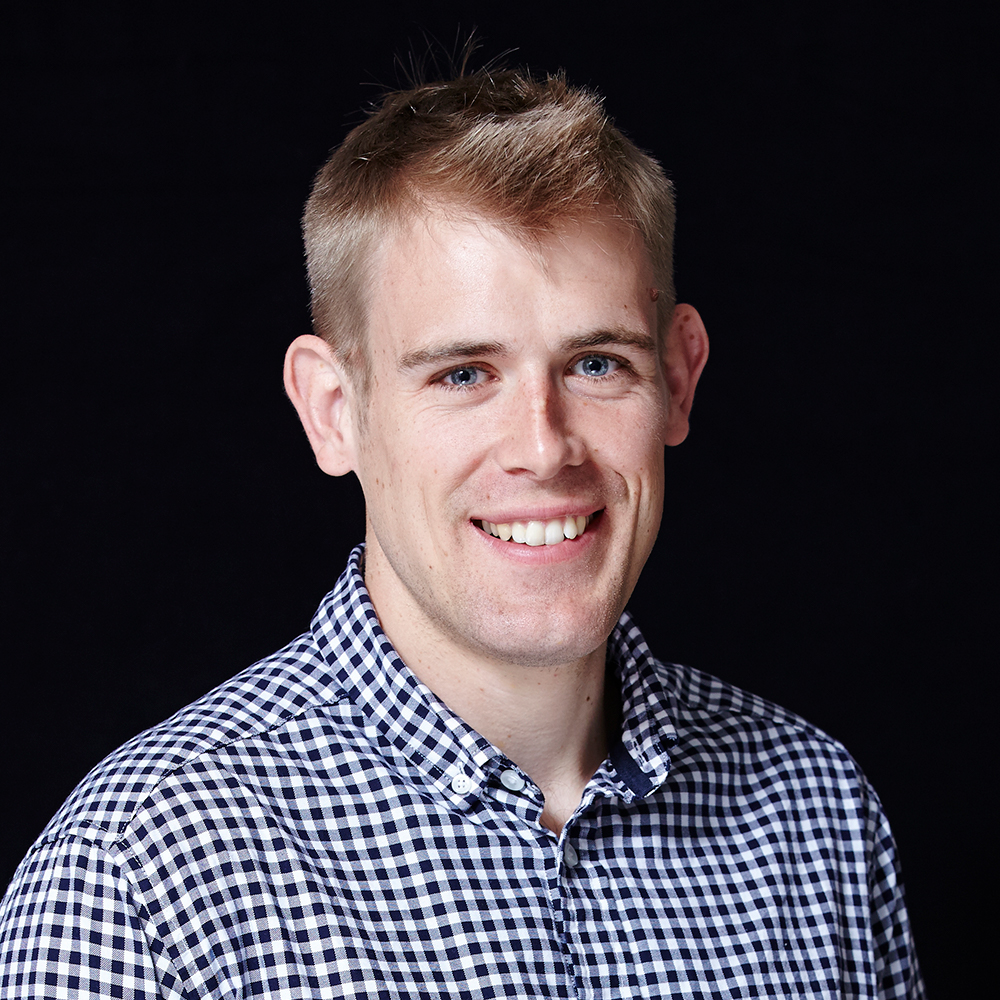

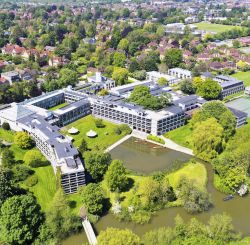
.jpg)